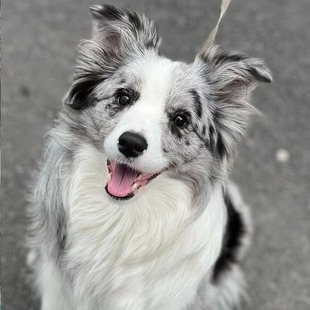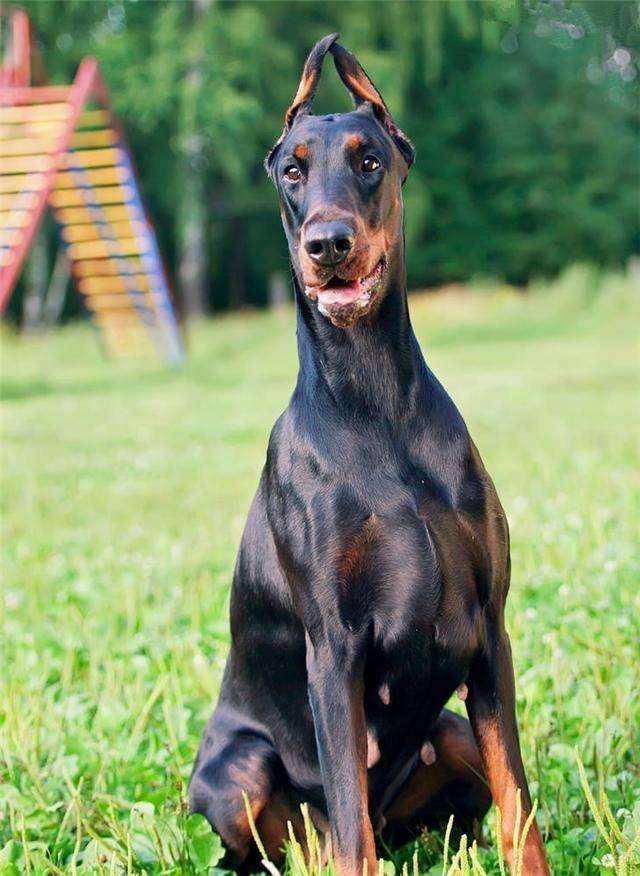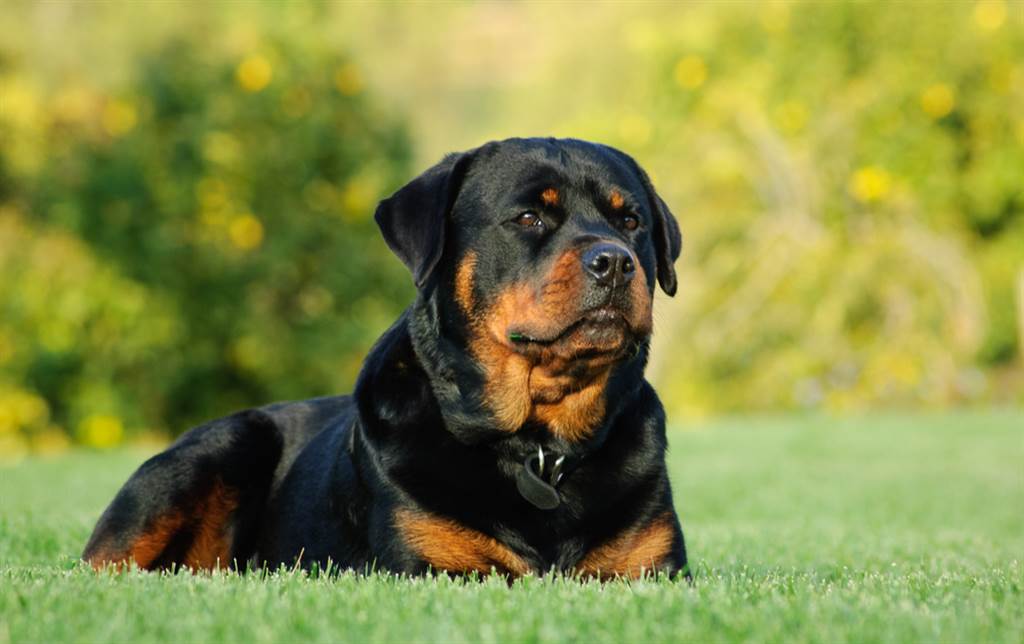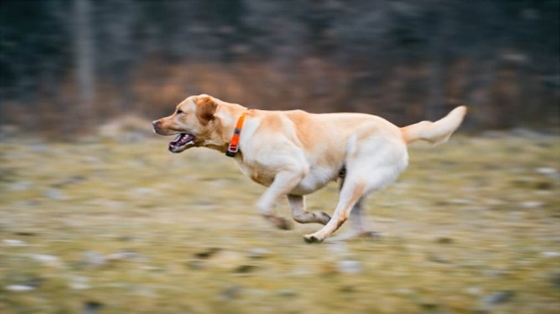The Border Collie, also known as the Border Sheepdog, has its origins in the border region of England and Scotland. The breed has a long history of working as herding dogs in that area and was officially named in 1915. It is recognized for its agility and endurance and has been used as a herding dog since 1873, being exported to many countries worldwide. Due to its high intelligence, it is widely used as a family companion and is often considered the most intelligent dog breed globally, equivalent to a 6-8 year old child.

- Scientific Name: Border Collie
- Alias: Border Sheepdog
- Kingdom: Animalia
- Phylum: Chordata
- Subphylum: Vertebrata
- Class: Mammalia
- Order: Carnivora
- Family: Canidae
- Genus: Canis
- Species: Lupus
- Subspecies: Collie
- Distribution Area: Originally from England, originated in the 18th century.
3. Morphological Characteristics of the Border Collie:
Body Size:
- Height: 19-22 inches for males, 18-21 inches for females.
- Length: Slightly greater than shoulder height.
- Solid bones, proportional to overall size.
Head:
- Expression: Intelligent, alert, enthusiastic, and curious.
- Eyes: Medium-sized, oval-shaped, set moderately apart. Brown color, with eye rim pigmentation matching coat color.
- Ears: Medium-sized, set apart, erect or semi-erect (1/4 to 3/4 standing). Sensitive and flexible.
- Skull: Broad, with a moderate stop.
- Muzzle: Slightly short, strong, and blunt. Well-developed jaw.
Neck and Back:
- Neck: Moderate length, muscular, slightly arched, widening towards the shoulders.
- Back: Flat, slightly arched loin.
Forequarters:
- Front legs: Well-developed bones, parallel when viewed from the front. Slight slope in wrists.
- Shoulders: Appropriate angulation.
- Elbows: Neither turned in nor out.
- Feet: Compact, oval-shaped, with deep and sturdy pads. Toes moderately arched and close.
Hindquarters:
- Wide and muscular.
- Thighs: Long, wide, deep, and muscular.
- Hocks: Well-angled, firm, and positioned low.
- Rear legs: Adequate bone, straight, parallel, with very slight cow-hock.
Coat:
- Two types: rough and smooth.
- Both types have a soft, dense, weather-resistant double coat.
Color:
- Various colors and patterns are allowed.
- Common color includes black with or without white markings, white collar, socks, and tail tip, with or without brown markings.
- All colors are acceptable except solid white.
Gait:
- Agile with the ability to change speed and direction quickly.
- Smooth and effortless trot with low ground clearance.
- Powerful drive from hindquarters.
Temperament:
- Intelligent, alert, sensitive, friendly with friends, reserved with strangers.
- Excellent herding instincts, eager to learn and please.
Disqualifications:
- Any deviation from the standard is considered a defect, with severity depending on the extent of the deviation.
4. Personality Traits of the Border Collie:
The Border Collie is known for its high energy, alertness, and enthusiasm. With intelligence comparable to a 6-8 year old child, it is friendly with friends and reserved with strangers. As an outstanding herding dog, it enjoys learning and thrives in human companionship. It is also considered an excellent watchdog, suitable for both outdoor and indoor living. The Border Collie is not only an ideal pet and companion but also excels as a guardian for homes.
5. Border Collie Care Knowledge:
Border Collies are large dogs with a medium-length double coat. They undergo a major shedding process during spring when they replace their winter undercoat. Unspayed female dogs may also shed during estrus and weaning periods.
6. Border Collie Feeding Guidelines:
Types of Food:
- Dry food and canned food are the two main categories.
- Treats include biscuits, deodorized biscuits, beef jerky, etc.
Feeding Quantity for Different Types:
- Adjust the feeding according to the age and size of the Border Collie.
- Puppies start with liquid or softened food and gradually transition to dry puppy food.
- Adult dogs can be fed adult Border Collie food.
- Large Border Collies may need additional calcium supplements.
Caution:
- Avoid feeding raw meat to prevent health risks.
- Do not feed sweets like gum, ice cream, and cake regularly.
- Maintain a balanced diet for overall health.




